Snow leopard found in Terai, no cause found
- Nature Khabar
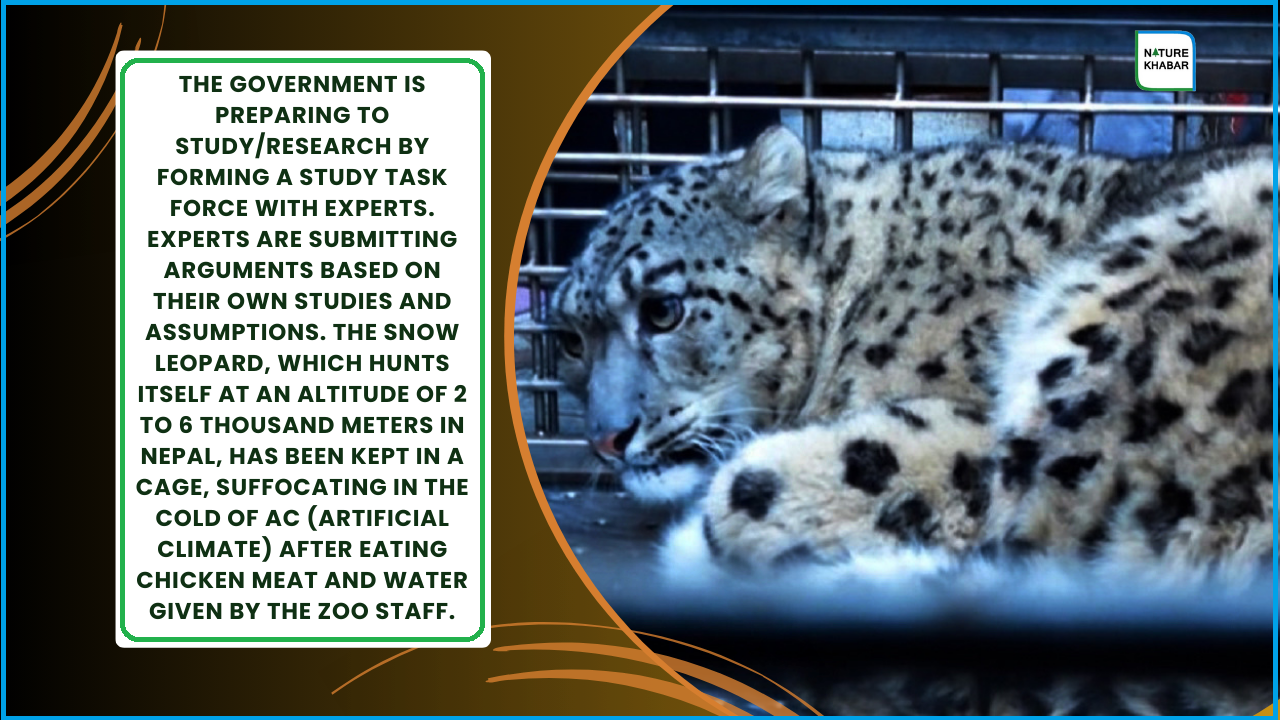
Kathmandu - On the afternoon of 23 January 2024, a snow leopard was found in Bansghari located in Urlabari Municipality 1 of Morang. The area is 146 meters above sea level. Locals saw it and informed police officers along with forest. After an adult male snow leopard weighing about 40 kg was found, it was rescued by the joint efforts of Shasastra Forest Protection Branch, Police, Forest Office, Koshi Tappu Wildlife Reserve and National Trust for Nature Conservation.
Government officials say that the snow leopard was brought to the Sadar Zoo in Lalitpur for ease of treatment and safety, and the investigation began under the supervision of a doctor. However, even after seven days of being rescued, there is still no answer to the question, 'How did the snow leopard that roamed the mountains come to the middle of the plains?' Experts are divided. The government is preparing to conduct study/research by forming a study task force with experts. Experts are submitting arguments based on their own studies and assumptions. The snow leopard, which hunts itself at an altitude of two to six thousand meters in Nepal, has been kept in a cage, suffocating in the cold of AC (artificial climate) after eating chicken meat and water given by the zoo staff.
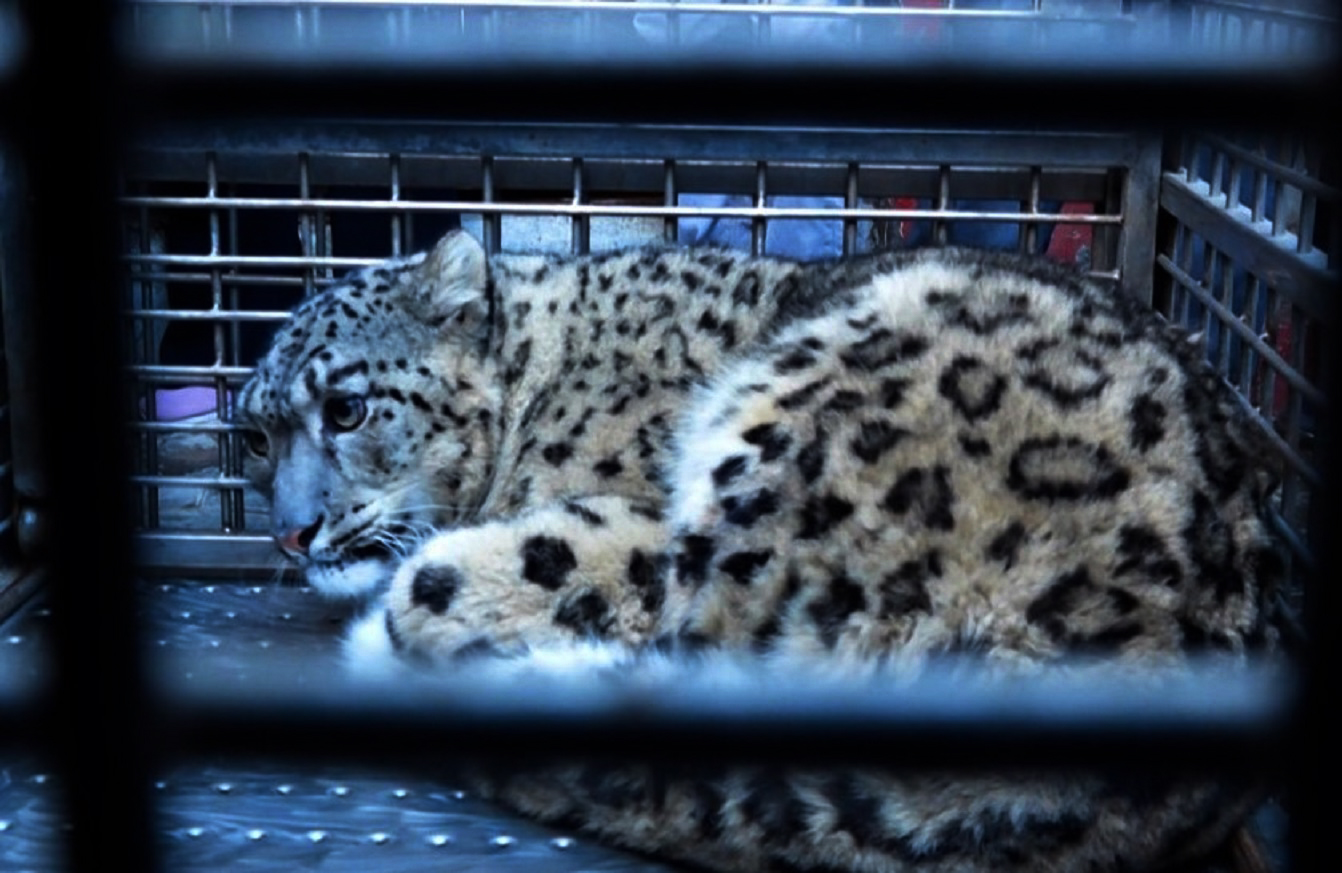
Snow leopard one, guess many
Snow leopards, which fall under the sensitive category of IUCN, are included in schedule-1 of the sites and in the protected list of Nepal. At a time when its numbers are constantly decreasing, the snow leopard, which is facing many seasons of nature, is difficult to see directly in the Himalayan region of Nepal. Even the experts are surprised when it was suddenly found in the middle of the plain at a time when the government is investing crores in its research by connecting cameras, taps and GPS.
After seeing different results from the study and research done by us, they were divided. The snow leopard, which was brought to the zoo room after being found injured in a bamboo grove in Morang as an adult, is raising questions about the expertise of experts. Karan Shah, a wildlife expert who has researched for a long time in the Kanchenjunga conservation area of Taplejung, the main area where snow leopards are found in Nepal, says, "Snow leopards may know the real answer." Guessing was the problem. Such an incident had never happened in Nepal before.
Expert Shah speculates that it may have escaped while being smuggled somewhere. This is an unnatural incident. I do not agree that it can come by itself. Because I am knowledgeable about that geographical situation," he said. To come to the snow leopard itself in Morang, one has to walk from the northern area of Taplejung. He does not see any possibility of coming to Terai from here. They say, 'It lives only two thousand meters above. It takes five days to reach the Taplejung headquarters area even if you go down the road. Even after that, one has to cross the hilly districts of Panchthar, Ilam, Tehrathum or Dhankuta and big rivers, forests and villages. And, how is there a possibility of it reaching here naturally?' He says that the possibility of smuggling of such animals is high in Nepal as chimpanzees were found in Bagbazar located in Kathmandu, the capital of Nepal.
According to expert Shah, the snow leopard stays with its mother until the age of two and then wanders off to find food on its own. Even if he walks alone like this, he feels that there is no possibility of reaching this low. He said that after smuggling, another reason is also the main reason behind this incident. Expert Shah's second argument is that it may have been kept from childhood and when it grew up, it may have left or ran away when it started showing its aggressive nature.
To strengthen the argument, he says, 'An adult snow leopard's tail is long (as long as its own body). While walking, the tail crawls on the ground and the tip turns towards the sky. However, its tail is short. The development of hair is also not according to age and weight. That's why it might have been reared.'' He says that since he is still doing serious research on snow leopards, he says that this incident shows a different picture than what he has seen, read and experienced before.
Madhu Kshetri, a zoologist from Nepal, speculates that this snow leopard may have reached here by crossing the road after being separated from its mother. He says, 'Its teeth are yet to be seen. Although it is an adult in terms of weight and age, it does not look very mature. It may have walked overnight to get here. Because the vertical direction from Himal to Terai is only 50-60 km. I also looked at the mapping. This is a species that can walk a hundred kilometers in one night.
He says that the possibility of snow leopard coming here naturally cannot be ruled out. He claims that this possibility will remain when he talks to the world's scientists. "At first he was walking with his mother. When it is separated from its mother, it may have wandered down to see a new place.'' He presents an example of walking for a thousand kilometers without returning.
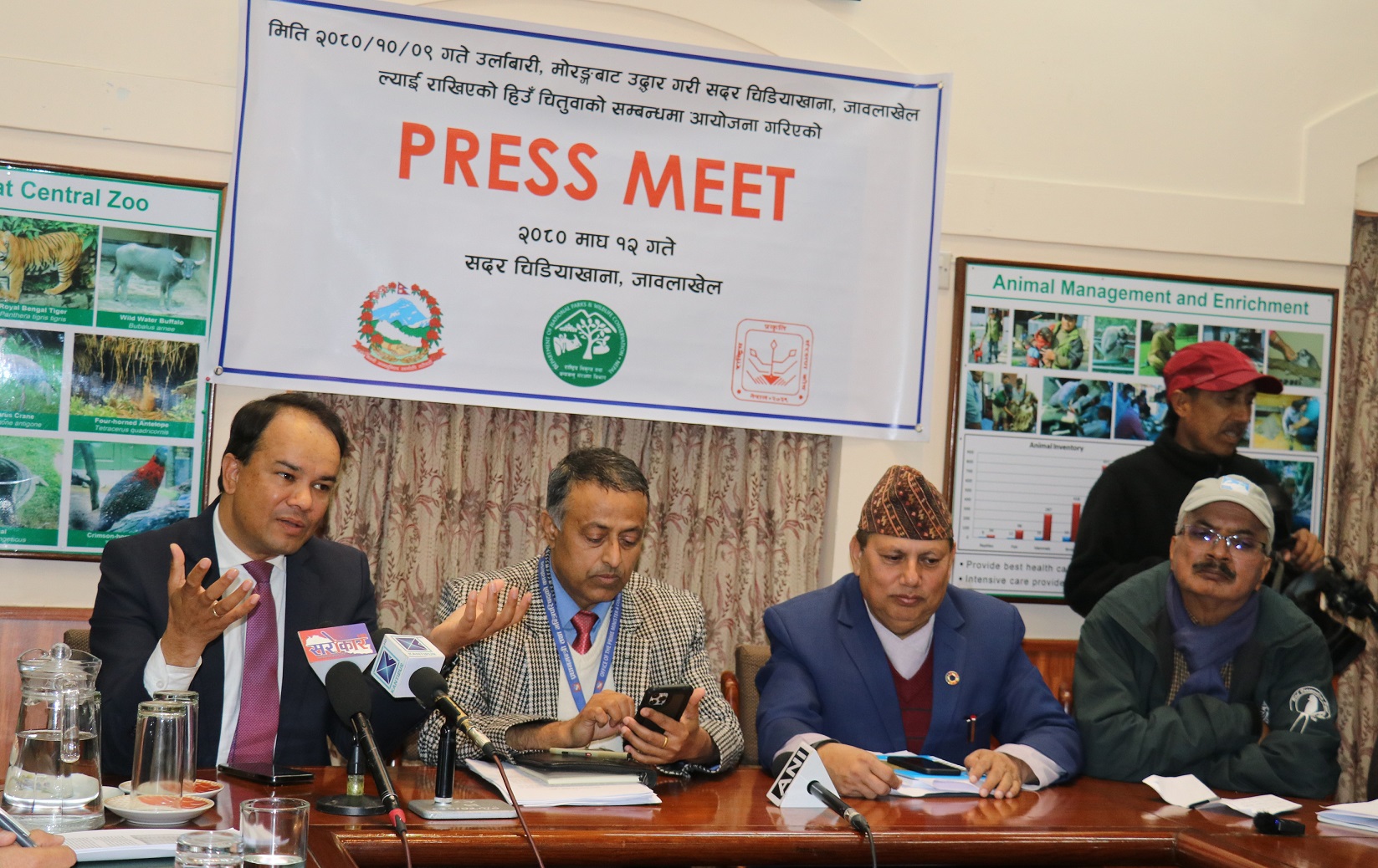
A piece of evidence lost in the investigation
The snow leopard was found in the forest on the afternoon of 23 January. On the same evening, they were rescued and brought to the zoo after traveling about 600 kilometers by car overnight. Nothing was given to eat until that time. However, after testing the feces of the snow leopard, it has been found that no research has been done on the matter of whether it came directly from that mountain to the Terai, was brought up in the Terai from a young age or was smuggled.
Zoologist Chhetri expresses concern about the loss of the pollen as it can be investigated based on what it has eaten by examining the snow leopard's faeces. Now they have brought water and chicken to the zoo. Even if some evidence is found while examining the feces, the probability is very low. Earlier, his feces should have been collected and investigated," he said. Now, he suggested that there should be no reduction in its investigation.
Is it the effect of climate change?
In recent times, every phenomenon of disruption and change in nature is viewed in connection with the effects of climate change. As the snow leopard found in the high Himalayan region is also found in the Terai, some are linking this phenomenon with the effect of climate change. Didn't the snow leopard also come to the lower areas after the extreme cold in the cold season? Some have questions and arguments. Secretary of the Ministry of Forestry and Environment of the Government of Nepal Dr. Deepak Kumar Kharal also says that this possibility should not be ruled out.
The discovery of snow leopards living in the Himalayas in Urlabari of Morang, the hot spot, can be the first 'indicator' of the effects of climate change in Nepal. Kharat says. He also said that the need to go up in the calculation of the habitat should be made a subject of study because the snow leopard has fallen from the mountains to the Terai.
On the other hand, experts Madhu Chhetri and Karan Shah are of the same opinion that the argument that the snow leopard came to the lowlands due to climate change cannot make sense. The effect of climate change is an increase in temperature. It does not like hot places. Due to the effects of climate change, he will have to climb even higher. This argument does not fit in this case at all," said expert Chhetri.
Expert Shah also rightly adds to Chhetri's argument and says, "Recently everything has started to be seen as the effect of climate change." This is a lack of study. Because when the snow leopard is cold, the sun doesn't come down to warm it. He climbs mountains looking for snow. It hunts there. Without finding prey, some will descend to the lower settlements. Let's not weaken its research and study as the cause of climate change.
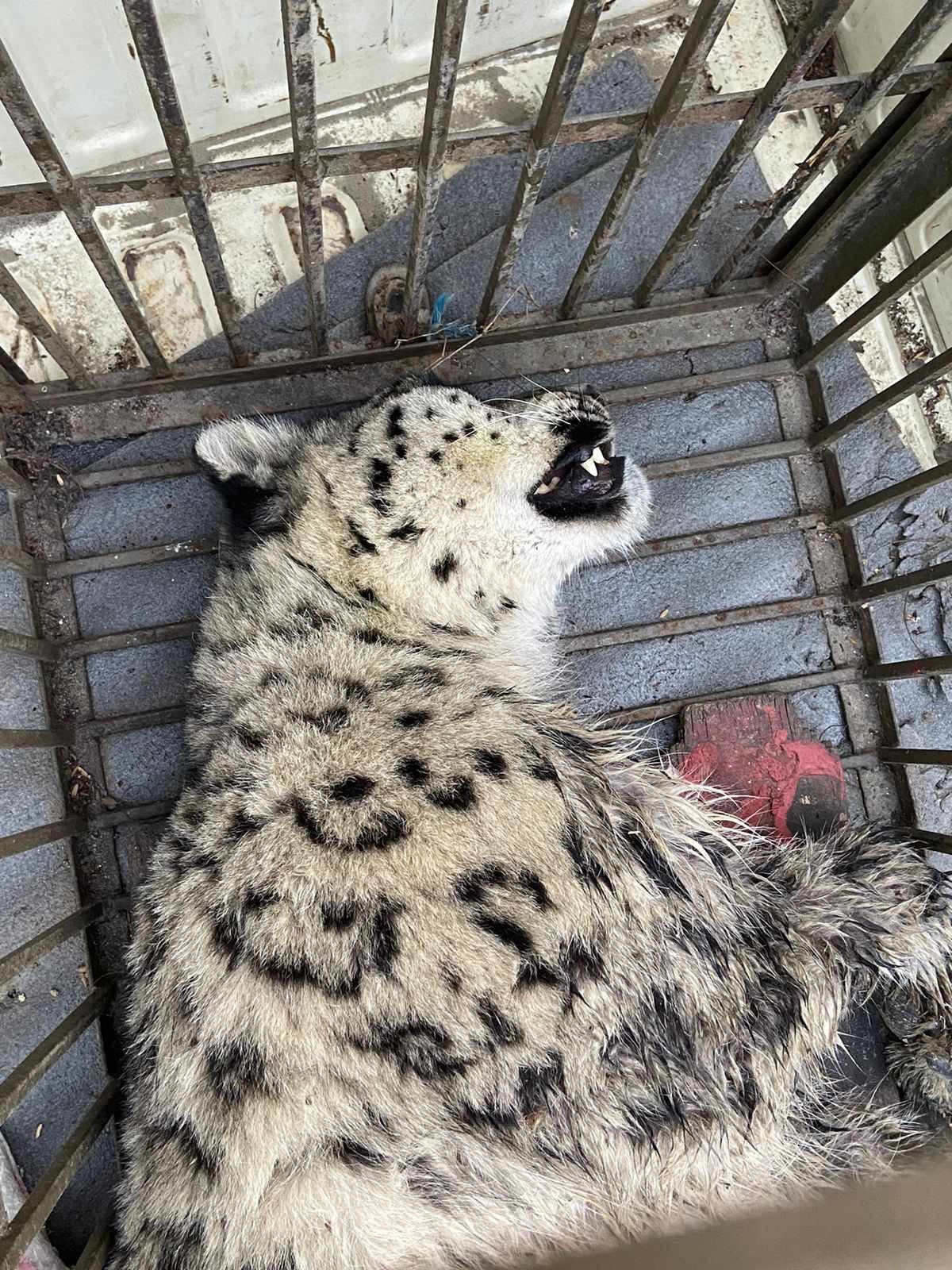
Study by forming a working group
In Nepal, wild animals in difficult situations are rescued and brought to zoos at different times, and the process of taking care of them with treatment continues. However, since this incident seems unnatural, the government should also take it seriously, says Sharad Chandra Adhikari, member secretary of the National Trust for Nature Conservation. He said that after the discovery of snow leopards in the Terai, many questions have arisen, so interaction and research with experts should reach a conclusion.
On the other hand, the Secretary of the Ministry of Forestry and Environment Dr. Deepak Kumar Kharal said that this is a serious issue and said that the government will soon form a study task force with experts and conduct a study/research. He said, "The effects of climate change, the involvement of smugglers, whether they wandered or were adopted have come up." All these are subjects of study. The government will now form a task force to investigate. He also requested everyone not to take this incident as a normal matter. He said that even now the police, forest staff and government officials are studying from different angles.
First research and treatment, then management
The snow leopard is kept in a moving cage in a room of Sadar Zoo, Jawalakhel. The cold AC is turned on from time to time. Being a species that lives in the snow, the employees are working hard every day to create a cold environment. Experts and zoo staff are monitoring the behavior of the snow leopard due to an injury on its rear left leg. It is still not confirmed whether it is domesticated or naturally grown. Therefore, the government and the relevant authorities are in two minds about where to put it.
According to the government official, the reason for the leg injury is that the locals threw stones after seeing it or it may have fallen somewhere while running away. Director General of National Parks and Wildlife Conservation Department Dr. Sindhuprasad Dhungana says that he will proceed with management only after knowing about its treatment and actual condition. They say, 'If it is reared and raised, it should not be left in the mountains. If it is grown naturally, you have to think about where to leave it after treatment. Priority should be given to research first.'
Sharad Chandra Adhikari, member secretary of the National Trust for Nature Conservation, says that since other animals including red pandas are also kept in the zoo, if there is no other option, they can be kept in the zoo by arranging the necessary weather conditions. Our first priority is to leave him in his natural habitat if he was raised naturally. If it is reared, there is a possibility that it can be kept in the zoo after completing all the procedures, he said. The secretary officer also said that the fund has always been serious about wildlife rights.
How many snow leopards are there in Nepal ?
The rare snow leopard is found in 12 protected areas in the Himalayas of Nepal. About 12 thousand 815 km of this area is their habitat. According to the data of the National Parks and Wildlife Conservation Department, there are around 301 to 400 snow leopards in these areas.
In Nepal, snow leopards are found from Kanchenjunga in the east to Api Nampa conservation area in the west. Experts say that the snow leopard living in this region can even reach the regions of China and India. Snow leopard found in 12 countries of Central and South Asia including Nepal is an indicator of a healthy ecosystem and a species at the highest level of the natural food chain.
In the world, the snow leopard is found at an altitude of 500 meters to 5800 meters and in Nepal at an altitude of 2000 meters to 6000 meters. Its estimated number in the world is 3 thousand nine 21 to 6 thousand two 90.
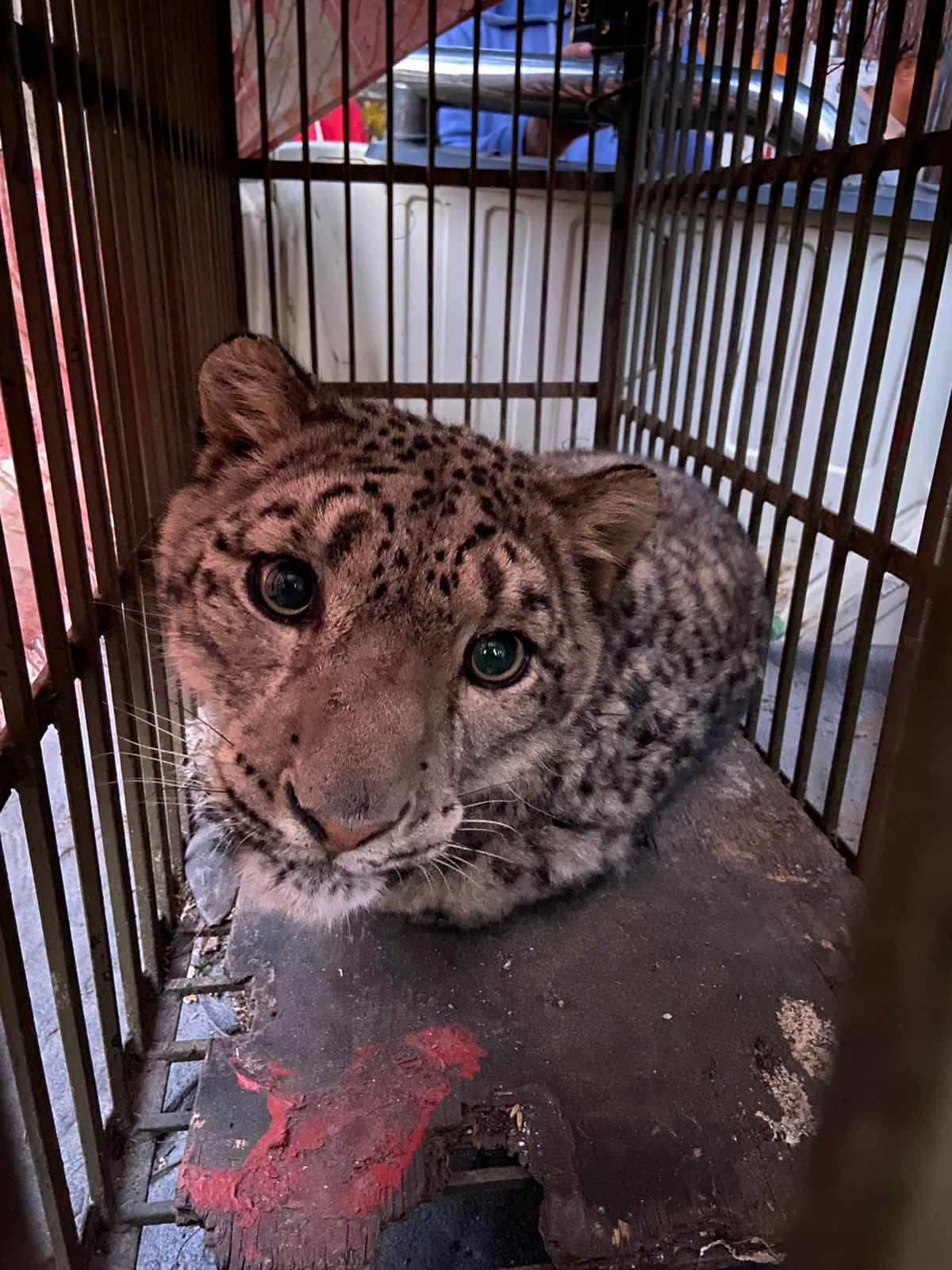

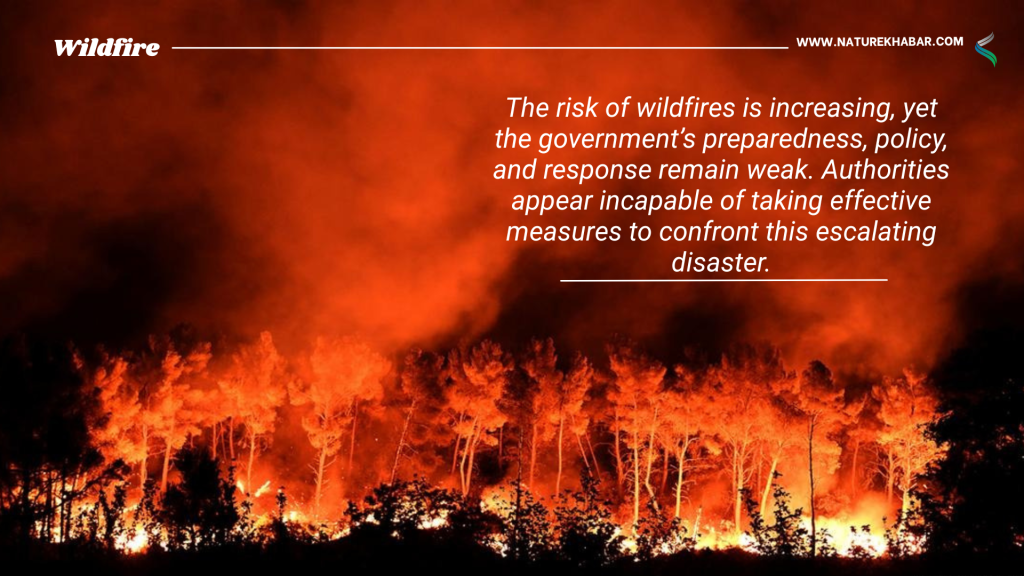

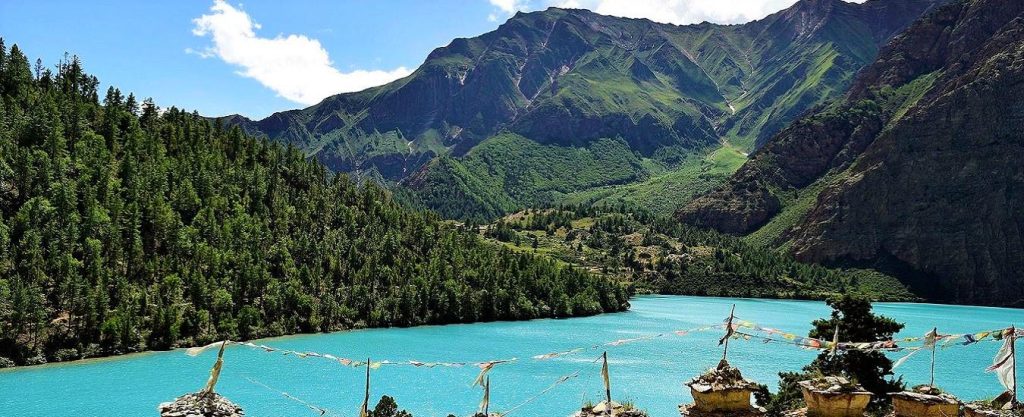

Feedback